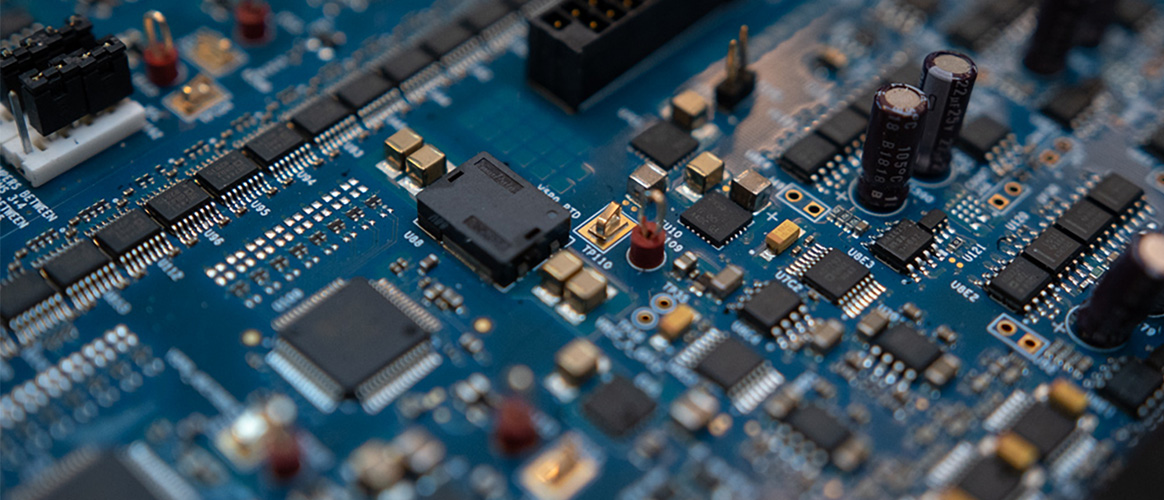Our last blog in this series discussed how to deal with component shortages by using replacement parts. In it we covered the lucky situation when you’re able to replace your missing part with a nearly equivalent component and the other extreme when a replacement part requires a new PCB layout, new hardware, and updated software. There’s one important technique that we left out that is midway between these two options: using an interposer.
An interposer is traditionally a small custom board that fits between a socket or land pattern (footprint) and a chip. This allows you to plug in chips that have a different form factor than the original – for example, plugging BGA chips into a non-BGA socket. This can be handy when the part you need doesn’t come in the packaging you want – for example, if your equipment or your layout can’t handle the high heats required to flow BGA parts. However, interposers can do much more than just fit chips to a different packaging arrangement. By adding smarts to the interposer – electronics, FPGA, or even software – you can create a replacement part that behaves nearly indistinguishably from the original.
When to interpose
When does it make sense to construct a new interposer board as a “replacement” version of the original component? At Fidus, we recommend interposers as the solution when one or more conditions are met:
- Systems have multiple boards and complicated interconnects and it’s easier to validate an interposer than a whole new system.
- The component in question is highly variable in cost or supply and an interposer protects the life cycle of the product.
- Growth needs dictate eventually changing out the component in question or deprecating it and an interposer makes this transition easier.
- Systems where modularity can contribute to reduced BOM and manufacturing costs. Cost-enabled product discounting can further differentiate your product’s positioning in the market.
- Your system has stringent regulatory approval requirements and an interposer may allow you to avoid the time, risk, and expense, of re-certifying as an interposer can be declared a drop-in replacement.
Interposers can be used not only to substitute parts but to substitute boards – for example, converting a custom connector to an industry-standard FMC connector. This opens the possibility of using several different daughter cards.
The software side of interposing
Interposers might not always be perfect plug-in replacements. This can be because the hardware doesn’t perfectly duplicate the functionality of the component being replaced but it can also be because the interposer provides a host of new functionality that you want access to. In either case, you may need to alter the device drivers or low-level interface software to work properly with the interposer board. We recommend modifying the software so it automatically discovers the interposer and adapts to it when it is discovered in the system. This provides a safer plug-and-play environment instead of one that requires multiple firmware loads.
Building the interposer
When it comes to building an interposer for your component shortage problem, you don’t want to be experimenting by building this yourself. Interposers represent a relatively narrow field of expertise, but it often requires hardware, firmware, and sometimes FPGA developers to do it right. You need a team that has experience so you can get it right the first time instead of lengthening your redesign or manufacturing delays. What if an interposer appears to be a solution, but after going through the development cycle, you discover that it is not the ideal solution? This is something that experienced engineers can determine right away: perhaps an off-the-shelf board with some software and hardware retrofits is a closer fit to what you need.
We’ve been helping many of our customers with component shortage issues recently. However, we’ve helped customers manage this component obsolescence and component life cycle issues for decades. Our teams have the expertise to quickly find replacements, identify the shortest risk design update and implement while minimizing schedule and cost impacts. If you are dealing with component shortages from pandemic supply chain disruptions – or any other outages in your electronics bill of materials – reach out and we’ll get you back on track.



